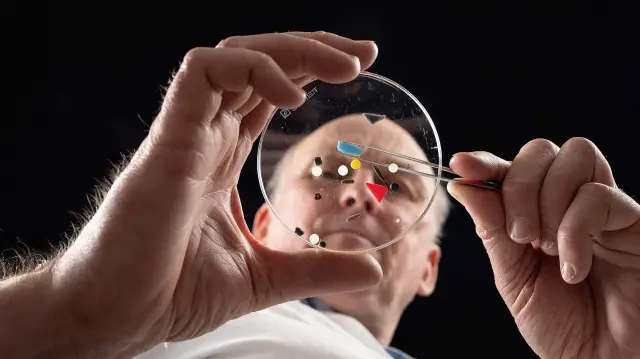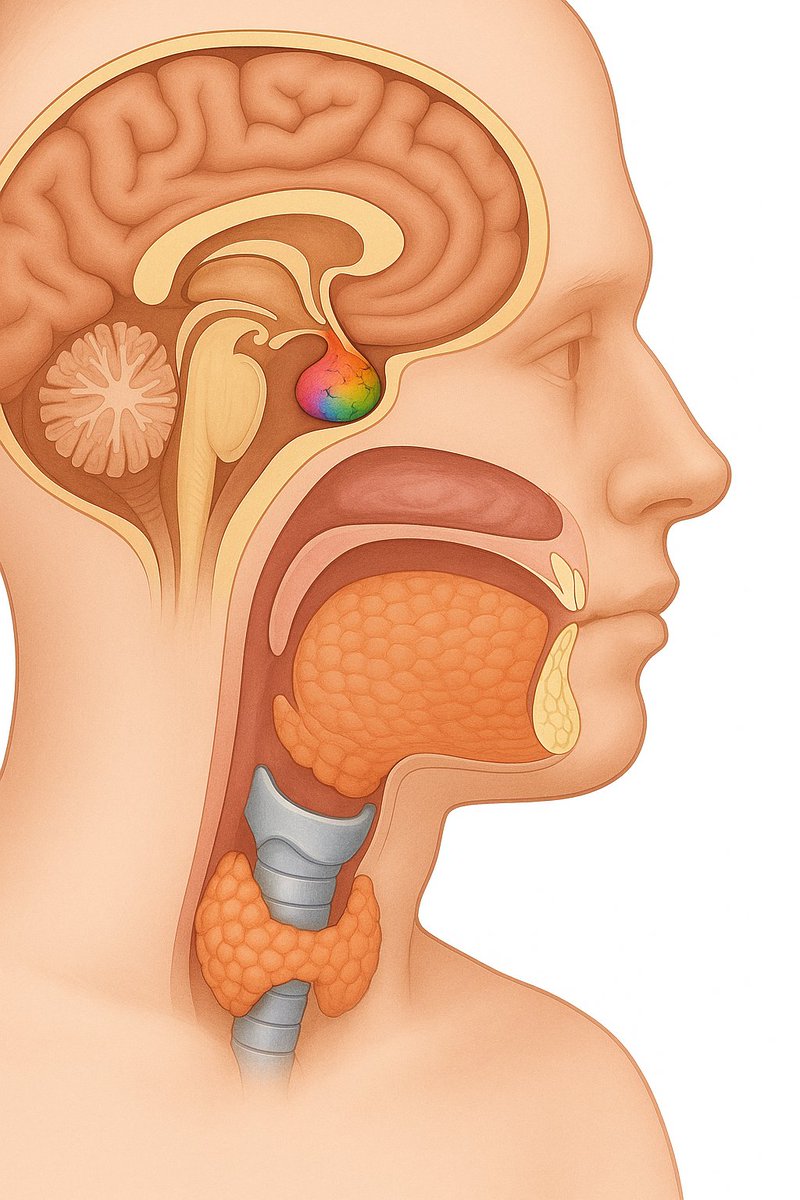You're eating 5 grams of plastic weekly.
These plastics clog your arteries, slice your organs & kill your fertility.
Science says you can't detox them, but these 7 steps protect you before it's irreversible: 🧵
1. Stop using sea salt.
These plastics clog your arteries, slice your organs & kill your fertility.
Science says you can't detox them, but these 7 steps protect you before it's irreversible: 🧵
1. Stop using sea salt.
Before we get into solutions...
Scientists have already found microplastics in 20+ parts of the human body:
• Brain (30× liver levels)
• Lungs (deep tissue found)
• Heart (15/15 patients)
• Blood (80% samples)
• Testicles (100% tested)
• Placenta (100% samples)
• Breast milk (75% mothers)
It’s getting out of hand:
Scientists have already found microplastics in 20+ parts of the human body:
• Brain (30× liver levels)
• Lungs (deep tissue found)
• Heart (15/15 patients)
• Blood (80% samples)
• Testicles (100% tested)
• Placenta (100% samples)
• Breast milk (75% mothers)
It’s getting out of hand:
Now let's see how they're getting into your organs...then we’ll jump straight into prevention.
They're spreading through mitosis (when your cells divide, the new ones carry microplastics with them)
Watch the video below, it'll make sense in 24 seconds:
They're spreading through mitosis (when your cells divide, the new ones carry microplastics with them)
Watch the video below, it'll make sense in 24 seconds:
Solution #1: Stop using common table salt.
It’s one of the most contaminated foods with microplastics (thanks to ocean pollution)
Switch to Himalayan or Celtic sea salt:
It’s one of the most contaminated foods with microplastics (thanks to ocean pollution)
Switch to Himalayan or Celtic sea salt:
Solution #2: Stop wearing plastic (they make you infertile)
These fabrics shed plastic with every move.
Up to 500 particles per minute...into your air, your lungs, your blood.
Dr. Yvonne Burkart, one of the top toxicologists, says it best:
These fabrics shed plastic with every move.
Up to 500 particles per minute...into your air, your lungs, your blood.
Dr. Yvonne Burkart, one of the top toxicologists, says it best:
Nike. Adidas. Puma. Reebok. Under Armour.
Your favorite workout gear is flooding your body with plastic:
• Polyester = microplastic.
• Every wash = 700,000 fibers.
• Every wear = hormone disruption.
You work out to be healthy (& you end up sicker):
Your favorite workout gear is flooding your body with plastic:
• Polyester = microplastic.
• Every wash = 700,000 fibers.
• Every wear = hormone disruption.
You work out to be healthy (& you end up sicker):
That’s why I threw out all my Nike gear.
I replaced everything with 100% organic cotton and merino wool from @RykerClothing.
Just clean, breathable gear that doesn’t poison your system:
I replaced everything with 100% organic cotton and merino wool from @RykerClothing.
Just clean, breathable gear that doesn’t poison your system:
If you care about your health and your family’s, make the switch now:
rykerclothingco.com//discount/FITS…
rykerclothingco.com//discount/FITS…
Solution #3: Stop chewing gum.
Most gum is made from synthetic rubber (aka plastic)...
80–90% of major gum brands use polyvinyl acetate (a plastic also used in glue and paint)
You're literally chewing microplastics & swallowing endocrine disruptors:
Most gum is made from synthetic rubber (aka plastic)...
80–90% of major gum brands use polyvinyl acetate (a plastic also used in glue and paint)
You're literally chewing microplastics & swallowing endocrine disruptors:
Solution #4: Say no to receipts
Most receipts are coated in BPA-laced plastic.
Just touching them transfers hormone-disrupting chemicals into your skin (within seconds)...
Watch this if you think I'm exaggerating:
Most receipts are coated in BPA-laced plastic.
Just touching them transfers hormone-disrupting chemicals into your skin (within seconds)...
Watch this if you think I'm exaggerating:
Solution #5: Throw away coffee pods
Most single-use pods are made from plastic and aluminum.
When exposed to boiling water, they release microplastics, heavy metals, and hormone-disrupting chemicals directly into your coffee:
Most single-use pods are made from plastic and aluminum.
When exposed to boiling water, they release microplastics, heavy metals, and hormone-disrupting chemicals directly into your coffee:

Solution #6: Ditch plastic toothbrushes
Most toothbrushes are made from nylon bristles and plastic handles (both shed microplastics with daily use)
Those tiny particles end up in your gums, mouth, and bloodstream:
Most toothbrushes are made from nylon bristles and plastic handles (both shed microplastics with daily use)
Those tiny particles end up in your gums, mouth, and bloodstream:
Solution #7: Replace plastic ice cube trays
Most are made from low-grade plastic that sheds micro-fragments when frozen and flexed.
You're literally dropping microplastics into every drink:
Most are made from low-grade plastic that sheds micro-fragments when frozen and flexed.
You're literally dropping microplastics into every drink:

Of course, there are more common ones like:
• Bottled water
• Tap water
• Plastic cutting boards
• Nonstick pans
• Plastic food containers
• Canned food & fish products
But today, I wanted to educate you on some of the most hidden and sneaky sources of microplastics…
• Bottled water
• Tap water
• Plastic cutting boards
• Nonstick pans
• Plastic food containers
• Canned food & fish products
But today, I wanted to educate you on some of the most hidden and sneaky sources of microplastics…

Since the 1960s, scientists have warned us about microplastics.
But in the last 5 years, things have gotten worse and way more toxic.
Now tell me...which habits are you eliminating first to avoid microplastic overload?
But in the last 5 years, things have gotten worse and way more toxic.
Now tell me...which habits are you eliminating first to avoid microplastic overload?
If you found this thread valuable and want more on becoming superhuman and living to 100+....
1. Like and retweet the first post
2. Follow me @morellifit for more
See you in the next one !
1. Like and retweet the first post
2. Follow me @morellifit for more
See you in the next one !
https://twitter.com/303519518/status/1949473314344509950
• • •
Missing some Tweet in this thread? You can try to
force a refresh






